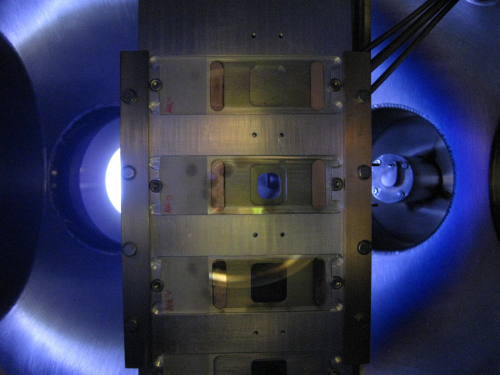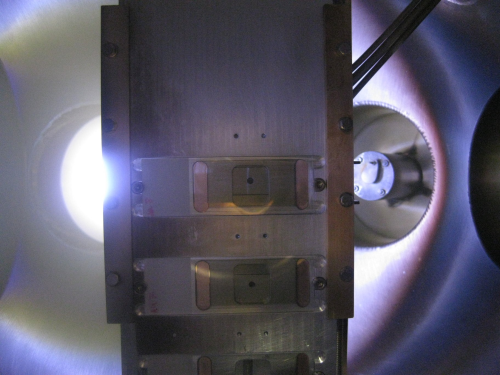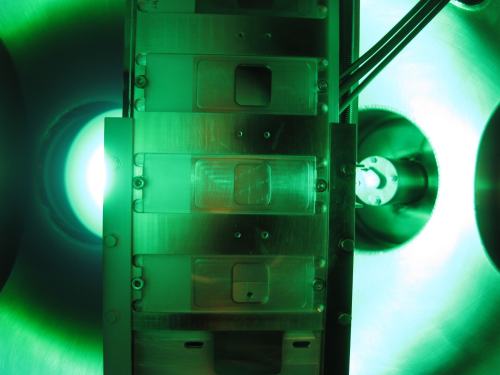


EnSol is working together with the UK University of Leicester Department of Physics and Astronomy to develop a solar cell material that could be coated as thin-film on for example windows.
The solar thin-film material is composed of nanoparticles with diameters of ~10nm, embedded in a transparent composite matrix.
“The basic cell concept has been demonstrated, and it will be the objective of this research and development project to systematically refine this PV cell technology to achieve a cell efficiency of 20% or greater,” an EnSol spokesperson says.
A solar thin-film deposition system with nanoparticle source, will be designed and constructed together with the University of Leicester for the fabrication of prototype cells based on the design.
The facility will be able to produce solar thin=film cells with an active area of more than 16 cm2 (40 mm x 40 mm) deposited on standard glass substrates.
“EnSol’s next generation PV cell technology has tremendous potential for industrial scale, low environmental impact, cost effective production via standard ‘spray on’ techniques,” EnSol says.
Professor of Nanotechnology at the University of Leicester, Chris Binns, explains that the solar thin-film coating on windows would require a slight tinting. The technology is not only restricted to windows, but could also be used on structural material of a building. “…Since it is a thin-film that can be coated onto large areas, it could become very much cheaper than conventional devices,” Binns says.


